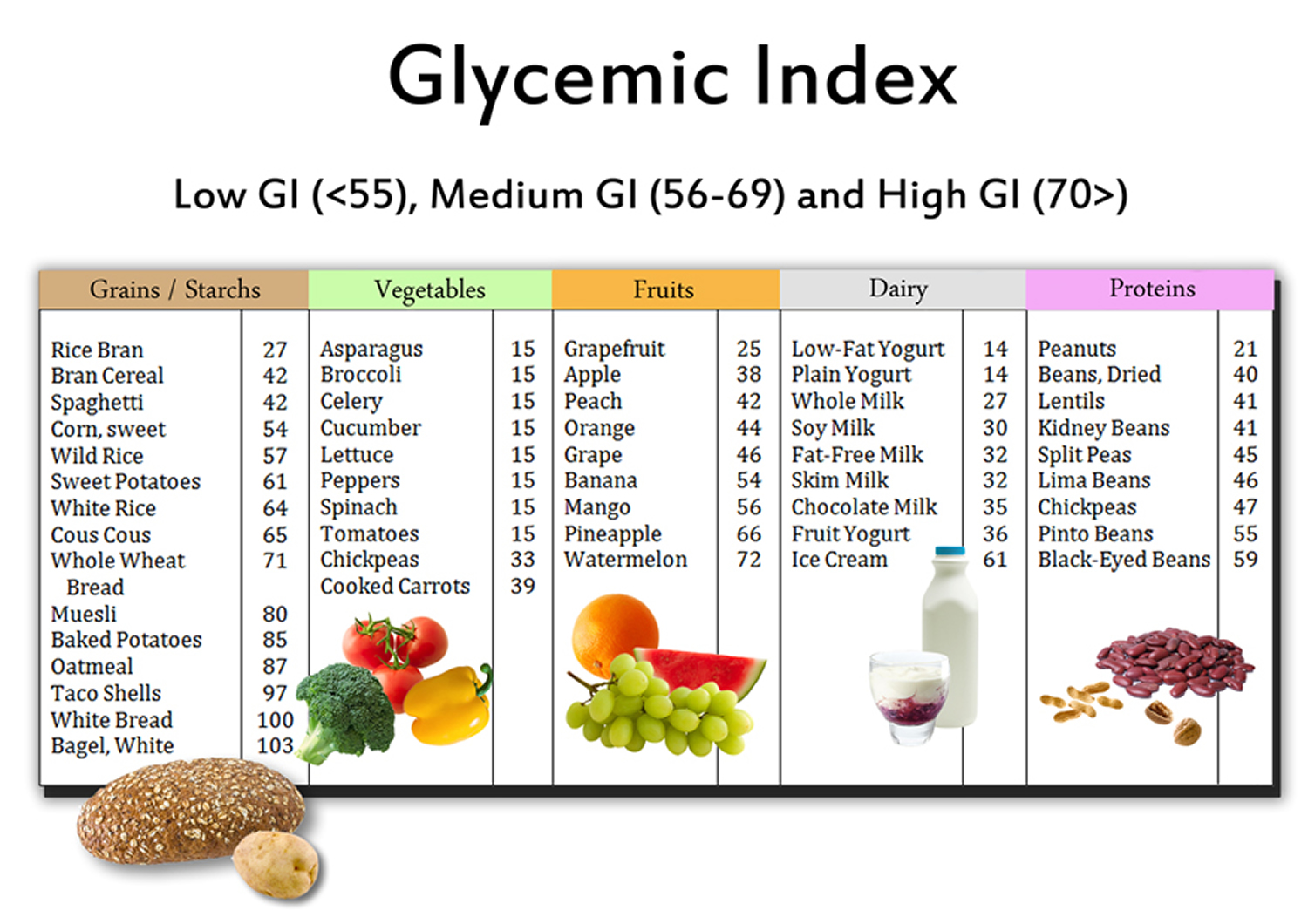Glycemic Index Diet

How does the Glycemic Index Diet Work?
The glycemic index diet works by focusing on foods that have a low GI. These foods are slower to digest and absorb, which means that they do not cause a rapid rise in blood sugar levels. This can help to prevent spikes and crashes in blood sugar levels, which can lead to cravings, overeating, and weight gain. The diet also emphasizes the importance of balancing carbohydrates, proteins, and fats, and of eating whole, unprocessed foods.
Benefits of the Glycemic Index Diet
The benefits of the glycemic index diet include:
- Regulation of blood sugar levels
- Reduced cravings
- Promotion of weight loss
- Improved energy levels
- Reduced risk of heart disease and diabetes
How to Follow the Glycemic Index Diet
To follow the glycemic index diet, it is important to focus on eating whole, unprocessed foods that have a low GI. This includes:
- Fruits and vegetables
- Whole grains
- Lean proteins
- Healthy fats
It is also important to avoid processed and refined foods, which have a high GI and can cause spikes in blood sugar levels. This includes:
- White bread
- Sugar
- Sodas
- Candy
The advantages of the glycemic index diet are:
- Helps control blood sugar
- Reduced appetite
- Improve heart health and reduce the risk of diabetes
- Increases energy levels
However, the disadvantages of the glycemic index diet are:
- It may be difficult for some people to follow as it requires major changes in diet
- May require more careful meal planning and more food preparation
- May be less effective if not followed by sufficient physical activity
FAQs
Q: What is the glycemic index?
A: The glycemic index is a measure of how quickly a food raises a person's blood sugar level after eating it.
Q: What are some foods with a low glycemic index?
A: Some foods with a low glycemic index are nuts, green vegetables, fruits and whole grains.
Q: Is the glycemic index diet suitable for people with diabetes?
A: The glycemic index diet can help control blood sugar and reduce the risk of diabetes complications, but it must be done under the supervision of a doctor.
Q: Can the glycemic index diet help you lose weight?
A: The glycemic index diet can help you lose weight because foods with a low glycemic index tend to keep your stomach full longer and reduce your appetite.
